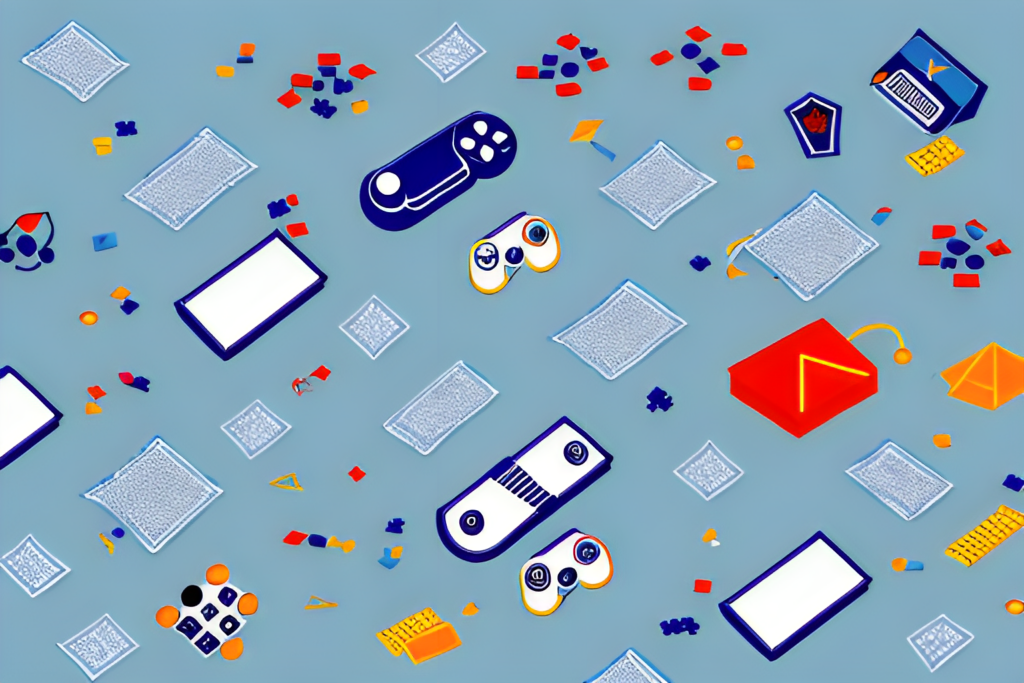Gamification is a concept that has gained significant attention in the field of education in recent years. By incorporating elements of games into the learning process, educators have found innovative ways to engage students and enhance their educational experiences. In this article, we will explore the meaning of gamification in education, its psychological aspects, the benefits it offers, and how to implement it effectively in the classroom. We will also discuss the future of gamification and its potential impact on future learning models.
Understanding the Concept of Gamification
At its core, gamification is the process of incorporating game elements, such as competition, rewards, and challenges, into non-game contexts, with the aim of motivating and engaging individuals. In the context of education, gamification refers to the use of game-based techniques and mechanics to make learning more enjoyable and interactive.
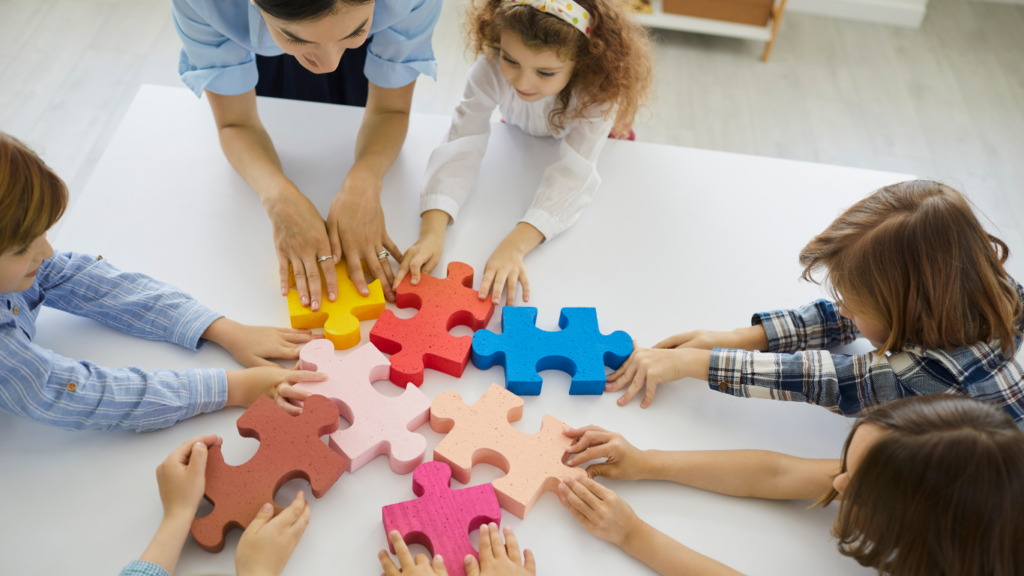
Gamification in education has gained significant attention in recent years due to its potential to transform traditional teaching methods and enhance student engagement. By incorporating elements of games into the learning process, educators can create immersive and interactive experiences that captivate students’ attention and foster a love for learning.
One of the key aspects of gamification in education is the introduction of game-like elements, such as points, levels, badges, and leaderboards. These elements serve as motivators for students, encouraging them to actively participate in their learning journey and strive for continuous improvement. By earning points, unlocking levels, and receiving badges, students feel a sense of accomplishment and are motivated to put in the effort to succeed.
Defining Gamification in Education
Gamification in education involves applying game design principles to educational settings, transforming traditional teaching methods into immersive and interactive experiences. It goes beyond simply adding superficial game elements and focuses on creating meaningful learning experiences that align with the curriculum.
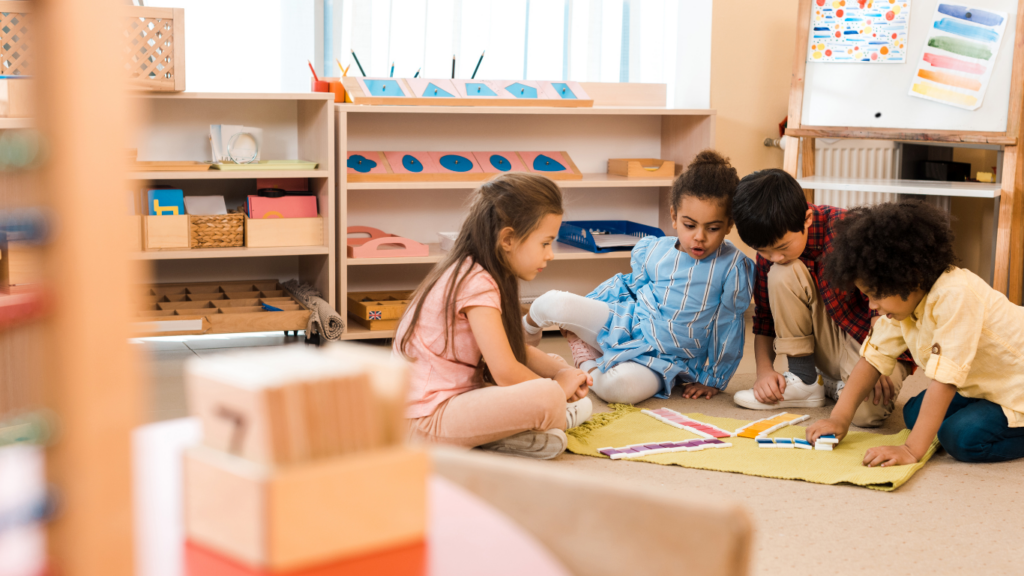
When implementing gamification in education, educators carefully design the learning environment to ensure that the game elements are integrated seamlessly into the curriculum. This requires a deep understanding of the subject matter and the ability to identify areas where game mechanics can be effectively applied to enhance learning outcomes.
Furthermore, gamification in education is not limited to specific subjects or age groups. It can be applied across various disciplines and educational levels, from elementary school to higher education. The flexibility of gamification allows educators to tailor the learning experience to the needs and interests of their students, making it a versatile approach to education.
The Evolution of Gamification in Learning Environments
The concept of gamification in education has steadily evolved over time. In the past, learning was primarily based on passive principles, where students were expected to absorb information without active involvement. However, as technology advanced, educators gradually realized the importance of student engagement and sought innovative methods to enhance the learning process.
With the advent of digital technologies, gamification in learning environments became more accessible and practical. Educational games and interactive platforms emerged, providing students with opportunities to learn through play and exploration. These platforms often incorporate elements of storytelling, problem-solving, and collaboration, creating a dynamic and engaging learning experience.

Today, gamification in education continues to evolve, with advancements in virtual reality (VR) and augmented reality (AR) technologies. These immersive technologies have the potential to transport students to virtual worlds where they can interact with educational content in a highly engaging and realistic manner. By leveraging these technologies, educators can create unique and memorable learning experiences that leave a lasting impact on students.
The introduction of gamification in learning environments has revolutionized the way students perceive education. By integrating game-like elements into lessons, educators can tap into students’ intrinsic motivation, making learning more enjoyable and encouraging them to strive for continuous improvement. As gamification continues to evolve, it holds the promise of transforming education into a truly engaging and immersive experience for all learners.
The Psychological Aspects of Gamification
The success of gamification in education lies in its ability to tap into various psychological aspects that drive human behavior. By understanding these aspects, educators can design gamified experiences that effectively engage students and promote meaningful learning. Let’s understand the elements of psychological aspects of gamification in detail:
- Motivation When it comes to gamification in education, motivation plays a crucial role. Games inherently provide a sense of purpose and motivation, as players strive to achieve goals and overcome challenges. This intrinsic motivation can be leveraged in educational settings, offering students a sense of achievement and progress as they navigate through their learning journey.
- Rewards But motivation in gamified learning environments goes beyond just the inherent drive to succeed. Educators can further enhance motivation by incorporating rewards. Badges, points, and other forms of recognition can foster a sense of accomplishment, encouraging students to actively participate and excel in their studies. These rewards not only provide extrinsic motivation but also serve as tangible evidence of progress and achievement.
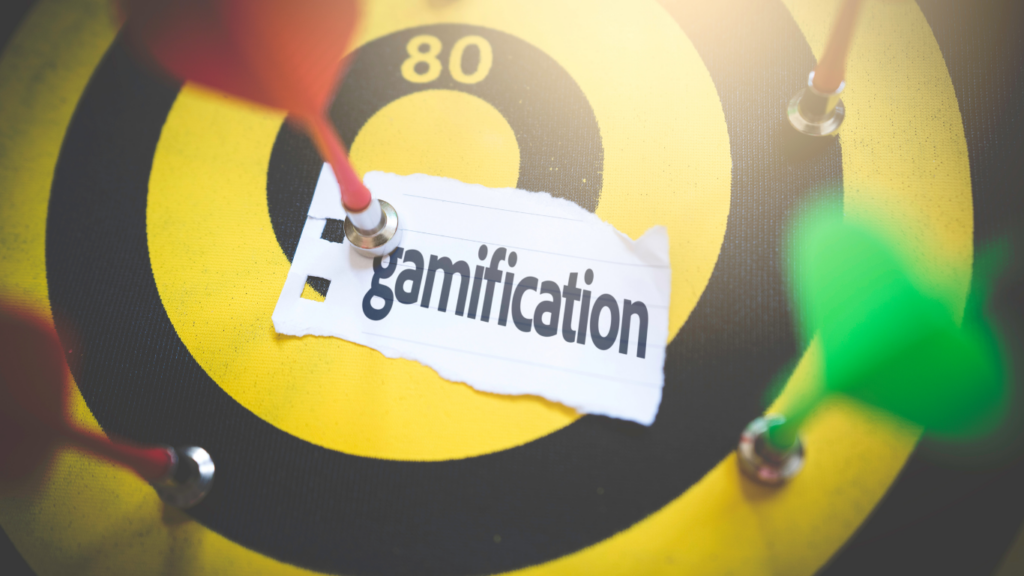
- Cognitive Development Another significant psychological aspect of gamification in education is its impact on cognitive development. Games often require problem-solving, critical thinking, and decision-making skills, which are crucial for cognitive growth. By integrating game-based elements into the educational process, students are challenged to think critically and apply their knowledge in a practical and engaging manner. Through interactive gameplay, students have the opportunity to practice and reinforce their skills, promoting long-term retention and application of knowledge. This active engagement with educational concepts allows for a deeper understanding and a more meaningful learning experience.
- Feedback Moreover, gamified learning environments provide a safe space for students to experiment and make mistakes. Games often offer immediate feedback, allowing students to learn from their errors and improve their performance. This iterative process of trial and error fosters resilience and a growth mindset, essential qualities for lifelong learning.
- Social Aspects Additionally, gamification can also tap into the social aspects of human behavior. Many games incorporate multiplayer features or collaborative gameplay, encouraging students to work together, communicate effectively, and develop teamwork skills. These social interactions not only enhance the learning experience but also promote the development of important interpersonal skills.
In conclusion, the psychological aspects of gamification in education are diverse and powerful. By harnessing motivation, promoting cognitive development, and fostering social interactions, gamified learning experiences can engage students on multiple levels, making education more enjoyable, effective, and impactful.
The Benefits of Gamification in Education
Gamification offers a wide range of benefits in the field of education, as it enhances student engagement, academic performance, and overall learning experiences. Let’s explore some of these advantages in more detail.
Enhancing Student Engagement through Gamification
Traditional teaching methods often struggle to capture students’ attention and maintain their focus. However, gamification in education addresses this issue by creating immersive and interactive learning environments. By incorporating game elements, students become active participants in their learning, resulting in increased engagement and motivation.
For example, imagine a history class where students are transported back in time through a virtual reality game. They can explore ancient civilizations, interact with historical figures, and solve puzzles to progress in the game. This hands-on approach to learning not only makes the subject matter more exciting but also helps students retain information more effectively.

Furthermore, the competitive nature of gamified experiences encourages students to challenge themselves and strive for higher levels of achievement. This healthy competition fosters a sense of enthusiasm and dedication towards learning, making education a more enjoyable and fulfilling process.
Additionally, gamification in education can provide personalized learning experiences tailored to each student’s needs. Through adaptive learning algorithms, games can adjust the difficulty level based on individual progress, ensuring that students are appropriately challenged and engaged.
Gamification and Academic Performance
Gamification in education has also been shown to positively impact students’ academic performance. By introducing game-like mechanics, such as quizzes and simulations, educators can assess students’ knowledge and skills in a more interactive and practical manner. This form of assessment provides immediate feedback, allowing students to identify areas of improvement and strive for better results.
For instance, in a science class, students can participate in a virtual laboratory where they conduct experiments and analyze data. This hands-on approach not only reinforces theoretical concepts but also develops critical thinking and problem-solving skills.

Moreover, gamified learning experiences promote a growth mindset among students, as they view challenges as opportunities for growth and improvement. This mindset fosters a positive attitude towards learning and encourages students to develop resilience and perseverance, both of which are essential for academic success.
Furthermore, gamification in education can enhance collaboration and teamwork skills. Many educational games require students to work together, solve problems collectively, and communicate effectively. These collaborative experiences not only improve academic performance but also prepare students for real-world situations where teamwork is crucial.
In conclusion, gamification in education offers numerous benefits that go beyond traditional teaching methods. By creating engaging and interactive learning environments, gamification enhances student engagement, improves academic performance, and fosters a love for learning. As technology continues to advance, the potential for gamification in education is limitless, and its impact on students’ educational journeys is invaluable.
Implementing Gamification in the Classroom
While the concept of gamification in education holds great potential, its successful implementation requires careful planning and consideration. Here are some strategies to effectively gamify your classroom:
- Gamification in curriculum Gamification in the Classroom ****is a powerful tool that can transform the learning experience for students. By incorporating game elements into the curriculum, educators can create an engaging and interactive environment that motivates students to actively participate in their own education. However, it is important to approach gamification with a clear understanding of the learning objectives and how game mechanics can be aligned with them.
- Gamification elements When gamifying your curriculum, it is important to identify specific learning objectives and align game mechanics accordingly. Consider incorporating elements like quests, puzzles, and challenges that are directly related to the educational content. For example, in a history class, students can embark on a virtual quest to explore different historical periods and solve puzzles to unlock important information. This not only reinforces their knowledge but also makes the learning process enjoyable and memorable.
- Instructions and Guidelines Provide students with clear instructions and guidelines to ensure they understand the purpose and rules of the gamified experience. This clarity helps students stay focused and allows them to fully immerse themselves in the game. By setting clear expectations, students can navigate through the gamified curriculum with confidence and enthusiasm.
- Collaboration and Teamwork Offer students opportunities for collaboration and teamwork, as this enhances engagement and fosters a sense of community. By encouraging students to work together towards a common goal, you create an inclusive learning environment where everyone feels valued and motivated to contribute. Collaborative activities can range from group quests to team competitions, where students can share their knowledge and skills while building strong relationships with their peers.
Overcoming Challenges in Gamification Implementation
Implementing gamification in the classroom may present some challenges, but with proper planning and execution, these obstacles can be overcome. It is important to consider students’ individual differences and tailor the gamified experience to meet their diverse needs. These tips might help you overcome challenges in gamification implementation
- Incorporating Variety
One challenge educators may face is ensuring that the gamified curriculum caters to the different learning styles and abilities of students. By incorporating a variety of game mechanics and activities, educators can provide multiple pathways for students to engage with the content. For example, visual learners may benefit from interactive simulations, while kinesthetic learners may thrive in hands-on game-based activities.
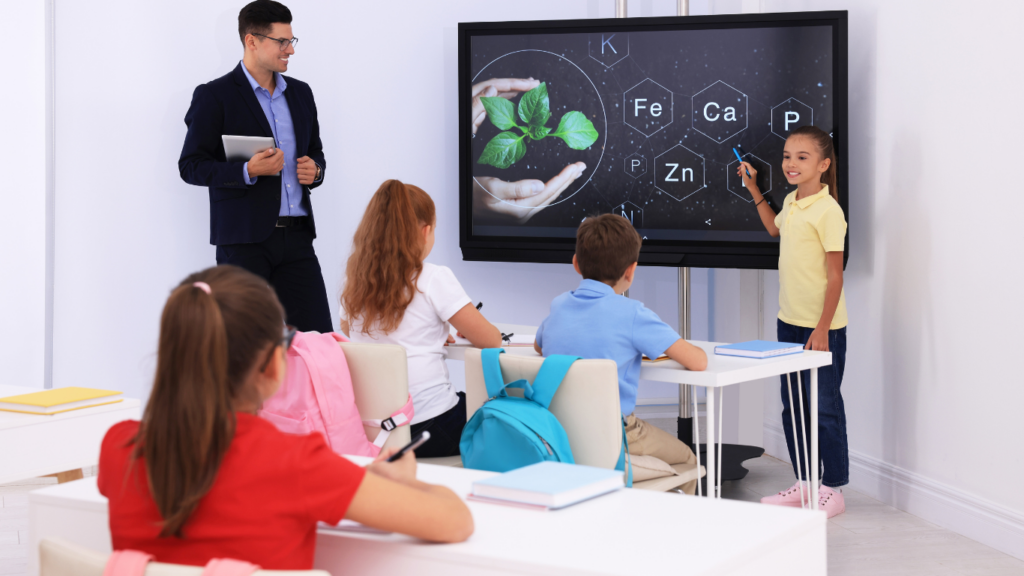
- Evaluate Monitor and assess the effectiveness of the gamified experience regularly. Collect feedback from students and make necessary adjustments to optimize their learning experience. This ongoing evaluation allows educators to identify areas of improvement and make informed decisions about the gamification strategies being used. By involving students in the feedback process, educators can also empower them to take ownership of their learning journey.
- Feedback Additionally, provide ongoing support and guidance to students, ensuring they understand the purpose and expectations of the gamified curriculum. This support can come in the form of clear instructions, resources, and regular check-ins to address any questions or concerns. By fostering a supportive learning environment, educators can help students navigate the gamified experience with confidence and enthusiasm.
In conclusion, gamification in education has the potential to revolutionize the classroom by making learning more engaging and interactive. By carefully planning and implementing gamification strategies, educators can create a dynamic learning environment that motivates students to actively participate in their education. Through the use of game elements, collaboration, and tailored experiences, gamification can unlock the full potential of students and transform the way they learn.
The Future of Gamification in Education
Gamification is an ever-evolving concept, and its future in education looks promising. As technology advances and new educational models emerge, gamification is expected to play an even more significant role in shaping the future of learning.
One emerging trend is the integration of virtual reality (VR) and augmented reality (AR) into gamified learning experiences. These technologies offer immersive and interactive simulations, allowing students to explore educational concepts in a virtual environment. For example, students studying history can virtually visit ancient civilizations and experience historical events firsthand. By incorporating VR and AR into gamification, educators can create highly engaging and realistic learning experiences that transport students beyond the confines of the classroom.
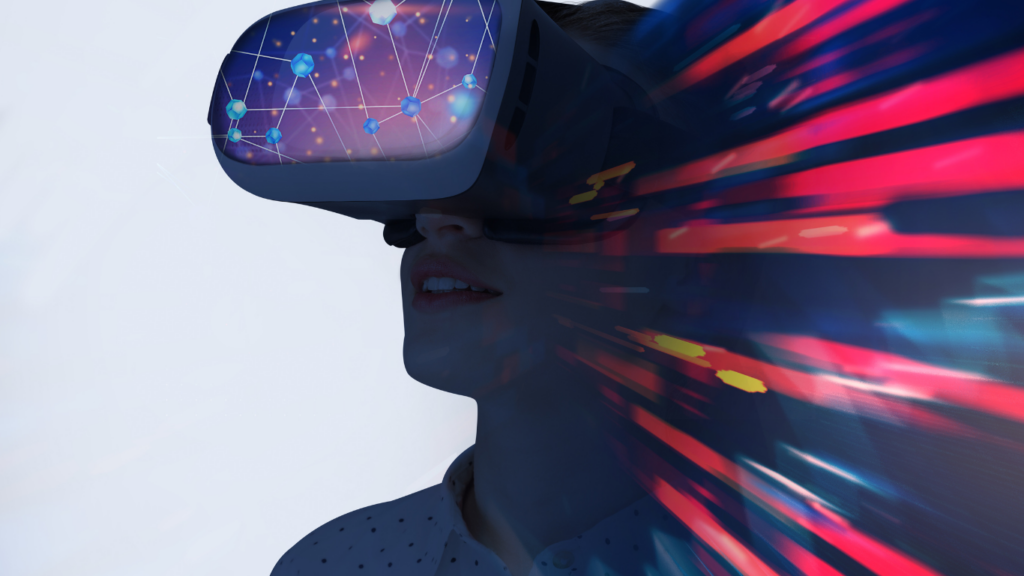
Furthermore, the use of data analytics and personalization is likely to become more prevalent in gamified learning environments. By analyzing students’ performance and preferences, educators can tailor the gamified experience to meet their individual needs, enhancing engagement and promoting personalized learning journeys. For instance, a student struggling with a particular concept can receive targeted feedback and additional resources within the gamified platform, helping them overcome challenges and improve their understanding.
Moreover, gamification in education has the potential to revolutionize future learning models by shifting the focus from passive learning to active, immersive experiences. With the integration of artificial intelligence (AI) and adaptive learning technologies, gamified environments can provide personalized feedback and guidance, catering to each student’s unique learning style and pace. AI algorithms can analyze students’ interactions within the game, identify areas of strength and weakness, and adapt the difficulty level accordingly. This adaptive approach ensures that students are continuously challenged without feeling overwhelmed or bored, fostering a deeper understanding of the subject matter.
Read more: The Potential of Virtual Reality in Education and Training
Additionally, the gamification of assessments and grading systems offers an alternative to traditional evaluation methods. By assessing students’ progress through game-based mechanics, educators can provide detailed insights into their strengths and areas for improvement, promoting a comprehensive understanding of their abilities. For example, instead of a traditional multiple-choice test, students can engage in a simulation where they apply their knowledge to solve real-world problems. This approach not only measures their knowledge but also assesses their critical thinking, problem-solving, and decision-making skills.
Conclusion
In conclusion, gamification in education offers a multitude of benefits that transform traditional learning into engaging and interactive experiences. By understanding the concept of gamification, its psychological aspects, and the potential advantages it brings, educators can implement it effectively in the classroom. As we look towards the future, gamification is poised to continue shaping the landscape of education, offering innovative approaches to teaching and learning that foster student engagement and success.


